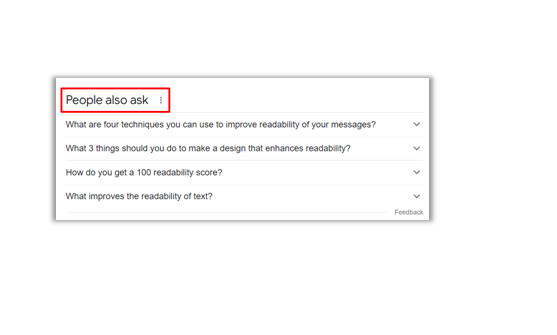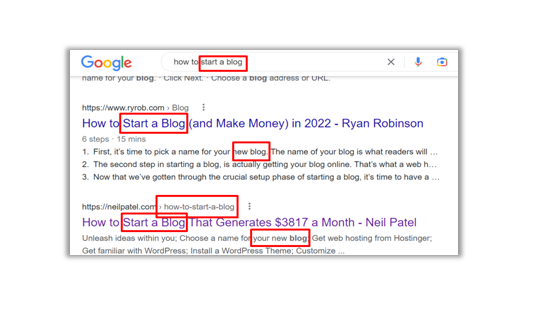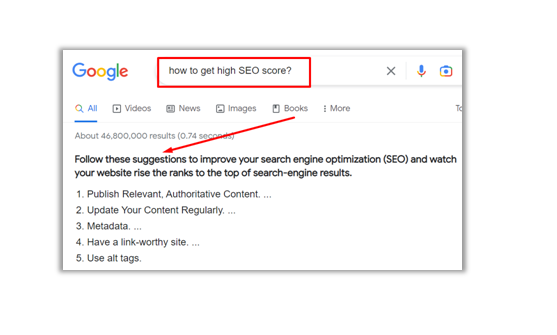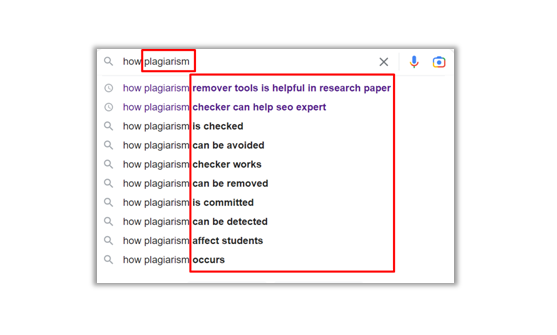5 Most Valuable Content Writing Tips for Effective SEO

Writing content is meaningless if you don’t get someone to read it. Did you know that about 90.63% of all the content on the internet gets no traffic from Google?
It’s no surprise that content writing is powerful weapon business owners can use to battle their way to the top. Yet most blogs post and articles get left behind—even if the content is helpful.
So, how do you ensure you become part of the 9% that gets traffic from Google?
Whether a business owner or freelance writer, the path to Google’s first page is to create valuable SEO-friendly content.
5 Content Writing Tips That Can Help for Effective SEO
Here are the most important tips that you can follow to write content for better SEO.
1. Make Your Blog Post Easy to Read
This is the first tip to create SEO-friendly content. The best SEO-friendly content is that which is written for humans as well as search engines. If an ordinary person has trouble reading your blog post, then this will reflect in your website’s metrics in the form of a high bounce rate and low dwell time. This will, in turn, signal to Google that your website is not worth ranking high.
You can make your content more effective by using a conversational tone, using active voice while writing and avoiding overly long sentences/paragraphs.
You can improve your content’s readability by avoiding a few things, such as:
- Huge Paragraphs
- Lengthy sentences
- Complicated words
- Passive voice
- Word repetition
Avoiding these things while writing can help you to make your blog post easier to read and understand by online visitors.
Additionally, you can make your blog post even more readable by following these steps:
- Use short paragraphs i.e., 3 – 4 lines
- Make your sentences less than 15 words
- Use easy synonyms instead of difficult words
- Use descriptive words in your content
- Check your spelling and grammar after creating the draft
Following these steps, you can improve your content quality. You can also paraphrase your content in order to make your content easier to read and understand.
If you are finding difficulty in following the above steps, then the paraphrasing tool can be a good alternative for you.
A paraphrasing tool can help improve readability, make your content rich in keywords, and improve the content grammar mistakes within no time.
2. Create Content That Answer Audience Searches
Why do people go to Google? For knowledge.
People always Google when they want to learn about something, where it is, how it works, where to find it, and so on. They always go to the search engine to get the answer to their queries.
Your primary goal with your SEO content should be answering the queries your audience is asking the search engine.
The best SEO content writers not only understand what their audience thinks and feels but also the issues they face.
We often end up voicing our biggest problems on Google. Use it to your advantage. Think about your audience. What are your audience’s needs and requirements related to your niche?
We recommend using the Google autocomplete feature to get trending questions like typing how to/why/what/where/when/who with the main keyword on the search bar of Google, and it will provide the next part of the query.
Along with this, you can take advantage of the People also ask feature related to your niche or keyword.
 3. Add Keywords Strategically in Your Content
3. Add Keywords Strategically in Your Content
Keywords are the words or phrases people type into a search engine to find what they’re looking for, like “how to get a high SEO score?” or “what is the importance of keywords?”
If you want your content to rank well on Google, you need to make sure you have the appropriate keywords.
If you have followed the #1 and #2 tips, your content is probably 90% covered by the right keywords. By understanding the searcher’s intents, understanding their questions, and appropriately answering them, your writing will have the majority of SEO keywords already adjusted in it.
These keywords can help your blog post or content to get ranked on search engines.
However, you can also make your content friendlier to get a ranking position on search engines by using the right keywords in the right place. For this, you must include the keyword at least one time in the URL of the blog, title (H1), and meta description.
 You should also include your keywords within your actual content. Add the keyword in your introduction, conclusion, and at least in subheadings like H2, H3, and H4.
You should also include your keywords within your actual content. Add the keyword in your introduction, conclusion, and at least in subheadings like H2, H3, and H4.
That is as far as adding keywords to your content goes. However, before you can come to this part, you have to conduct keyword research to select the ones that are relevant to your website’s niche.
When choosing keywords for your website, you should take care not to choose specific short-tail ones since they have a lot of competition. Of course, if you have a large team of SEO experts and if you can tackle such keywords, then there is no problem.
4. Optimizing the Content for Feature Snippets
Wondering what a featured snippet is?
Almost all search results have it. This is usually a short answer to a search query that Google pulls from a webpage relevant to the topic. Since this answer is given near the top of the SERPs, the website behind it can get a lot of clicks.
This is also known as the “zero position”. This is a relatively new feature introduced in 2014 by Google.
The best part is that you don’t have to be in the first place to claim that spot. You just need to get into the top ten. If you place in the top ten, you have a chance of getting the featured snippet.
When crafting your content, check and see if there’s a common question revolving around the topic that you can answer. If so, write a short, two or three-sentence answer to that question.
 Feature snippets can also come in the form of a list, bullet points, and step-by-step instructions. Make sure you format your list and instructional steps with subheadings like H2 to get a better spot in the search engine.
Feature snippets can also come in the form of a list, bullet points, and step-by-step instructions. Make sure you format your list and instructional steps with subheadings like H2 to get a better spot in the search engine.
5. Add Images and Graphs in Your Content
Being a good SEO-friendly writer isn’t just about improving your writing. It’s about improving your content. You can also make your content SEO more effective by including high-quality, relevant images in your write-up.
Adding images to your work will help you break the wall of text. From a readability perspective, images are incredibly valuable. This is the best tip that can help to give a break to the reader’s eyes.
Along with this, they can also provide a lot of value to the reader. Images keep your site visitors engaged and entertained throughout your post.
Images are great for SEO because Google will index them once your post is published. This means your images will appear as a search engine result that people can click on, giving you another route for organic traffic.
Another impactful SEO benefit of using images in your content or blog post is that people will like to link them. A lot of bloggers or webmasters on the internet need images for their content, but they don’t have the resources or expert designers to create relevant images for their blogs.
So, in that way, they can use your images with links to your site. Just like that, you will be able to build your backlink profile.
For creating high-quality images, you can also use a third-party app or a site like Pixabay, Shutterstock, and Canva. They can help you get or create relevant images for your blog post.
Recommended Tip: Add Relevant Links in Your Content
Some people don’t understand why linking to other websites helps increase your SEO traffic. But this is an amazing way to broaden your audience’s knowledge while expanding your own site’s reach.
Adding internal links to your content encourages your readers to explore your site more. By adding external links, you show your readers that the content published on your website is backed by existing research and studies etc. Plus, your readers can also explore the websites linked in your content to learn more about the subject.
Conclusion
Writing content for a website isn’t easy. If you want to make your content SEO-friendly, then you can follow the valuable tips given above. They can help you write SEO-friendly content that stands out against competitors in your field.
Applying what you have learned here will make things much easier for you. With all these tips or strategies, writing is the only thing left to create SEO-friendly content.
Also, make sure your content is free of grammar and spelling mistakes. You can check the mistakes in your content by proofreading it thoroughly. If you want, you can also delegate this task to a professional editor. This is better since a third person can look at your work more objectively.





